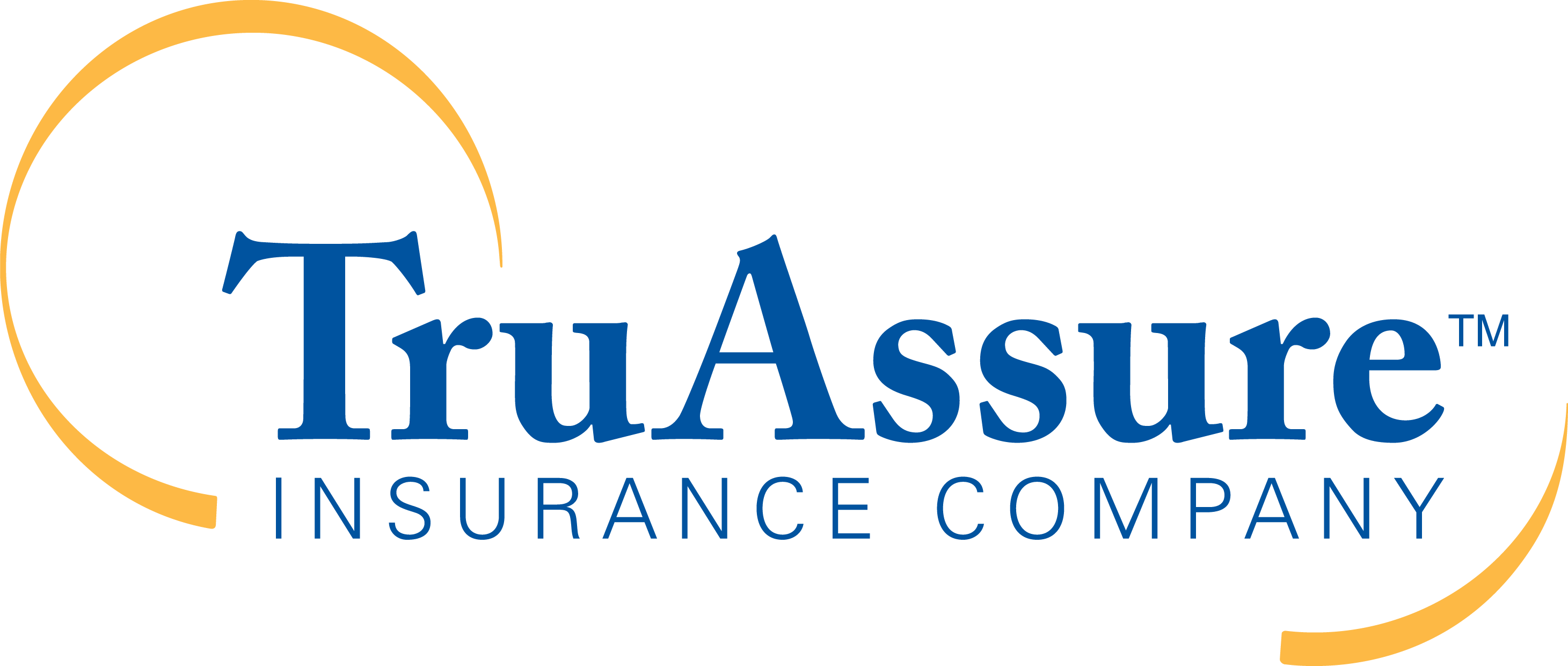Understanding Pre-Estimates

When considering any dental procedure, don’t overlook a pre-estimate. It’s simply a resource to provide you with a cost estimate prior to receiving treatment. Keep in mind, a pre-estimate is not an absolute guarantee, but rather a best estimate. Asking for an estimate before you undergo a dental procedure gives you the power to know costs involved before you commit and avoid any surprise bills.
What is a pre-estimate?
Obtaining a pre-estimate is easy. Once you submit a request through your dental office, they’ll file the recommended treatment plan with your dental carrier, who will review the documents and treatment recommendation to create a pre-estimate based on your plan benefits. The pre-estimate takes several factors into account, including your dental plan benefits, annual maximum and any deductible amounts.
When to use it
Pre-estimates are helpful when planning for more extensive dental treatments but can be applied to any dental procedure you’re considering. It’s recommended for any procedures that cost more than $200, including crowns, bridges, implants and dentures.
How to plan for costs
Knowing a dental procedure’s estimated cost can help you better financially prepare for it. If you have a flex spending account, it’s important to note savings can be applied to both medical and dental costs. Plan for known dental expenses – in addition to medical expenses – to avoid unnecessary stress and ensure you get the care you need when you need it. Funds in a flex spending account must be used within a specified timeframe, so check with your employer for details. This can make a difference when you schedule a dental procedure.
Remember, if your plan benefits change, so will your pre-estimate. The following actions may also render a pre-estimate inaccurate:
-
- Loss of coverage
- Benefits provided by other medical or dental plans
- Changes in your dentist’s participation in a dental network
- Changes to dental codes or final procedure given
- Changes in appointment location
- Changes to your dental provider
- Claims filed and/or processed after the pre-estimate date
Don’t forget, if you’re a TruAssure member, you can log in to your account to get specific details related to your plan. If you have questions about your pre-estimate, feel free to contact a TruAssure representative.
No matter what the estimated amount for a procedure is, it’s to your benefit to make the most of your dental coverage and know what your plan does and doesn’t cover. Talk to your dentist at your next appointment about pre-estimates.
Remember, the best way to avoid costly procedures in the first place is by practicing good oral health habits, including brushing twice daily, flossing once a day and regularly visiting your dentist for preventive care.


Add comment